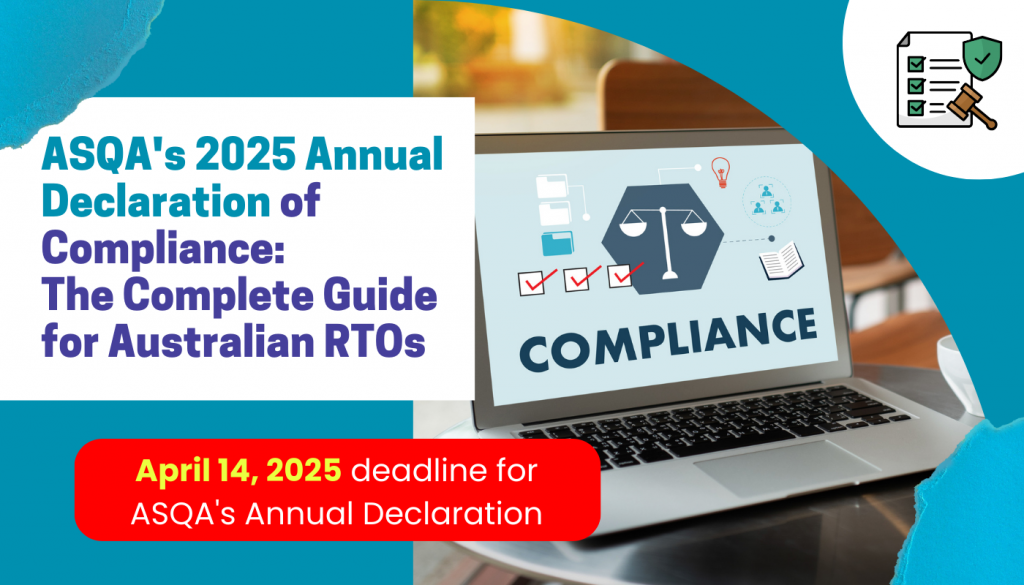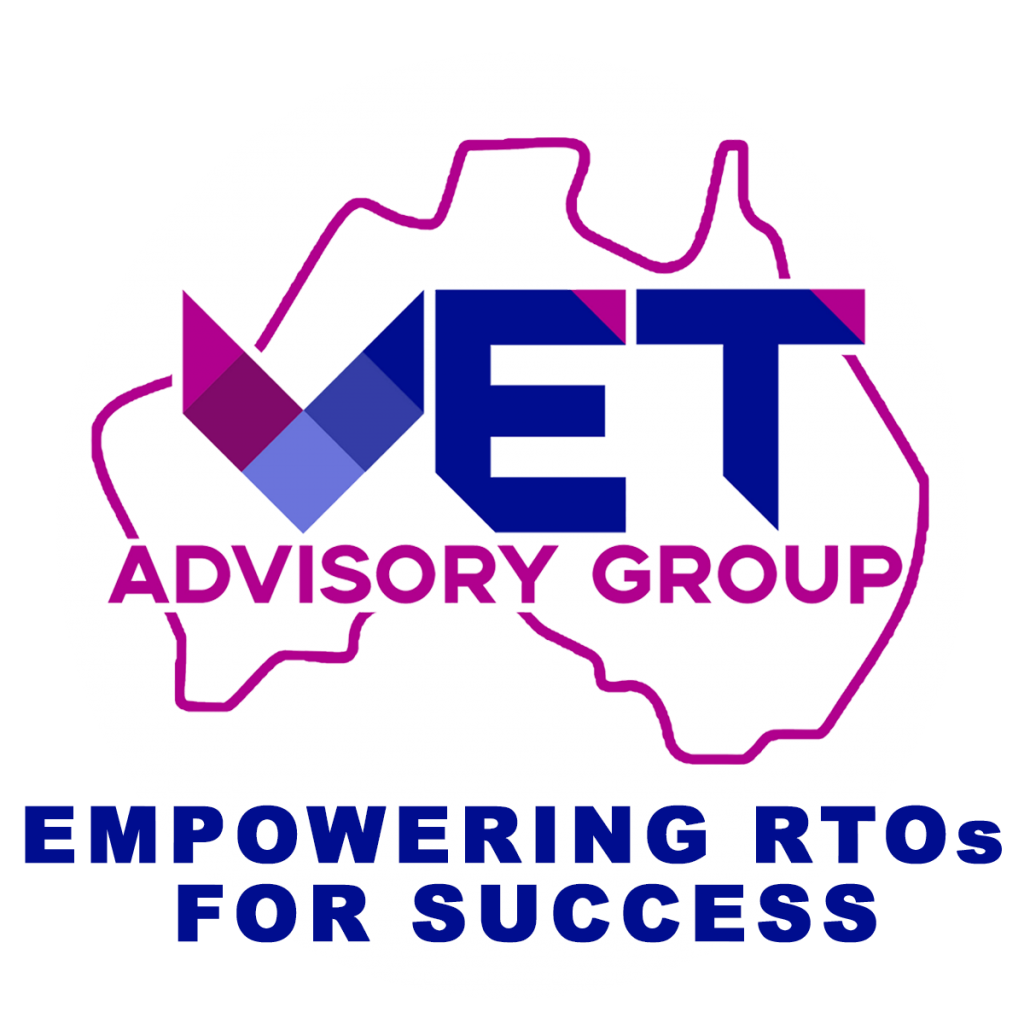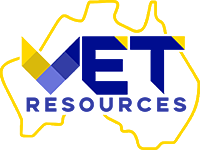
Introduction: Why This Year’s ADC Matters More Than Ever
As we approach the April 14, 2025 deadline for ASQA’s Annual Declaration of Compliance (ADC), Registered Training Organisations (RTOs) across Australia face one of their most critical regulatory milestones. This year’s submission carries particular significance as it may coincide with the implementation of updated RTO standards and comes amid ASQA’s intensified focus on training quality and compliance enforcement.
At VET Advisory Group, we’ve prepared this exhaustive 3,500+ word guide to give your RTO complete clarity on every aspect of the 2025 ADC process. Beyond just meeting the deadline, this resource will help you:
- Understand the evolving compliance landscape in Australia’s VET sector
- Prepare your organisation for potential regulatory changes
- Implement systems that make future declarations more efficient
- Position your RTO for success in ASQA’s quality framework
Section 1: Deep Dive into the Annual Declaration of Compliance
1.1 The Legal Foundations of the ADC
The Annual Declaration of Compliance isn’t just bureaucratic paperwork – it’s a legislative requirement under the:
- National Vocational Education and Training Regulator Act 2011
- Standards for RTOs 2015 (with potential 2025 updates)
- ASQA’s Regulatory Risk Framework
We examine how these instruments interact to create your compliance obligations, including recent case studies of RTOs that faced consequences for non-compliance.
1.2 The ADC’s Role in ASQA’s Risk-Based Approach
ASQA uses your ADC submission as a primary data point in its risk assessment model. We break down:
- How your declaration impacts your RTO’s risk rating
- The algorithm ASQA uses to flag RTOs for audits
- Historical data on audit rates following ADC submissions
Section 2: Preparing for the 2025 Submission
2.1 The 90-Day Preparation Timeline (January – April 2025)
Our recommended preparation schedule:


